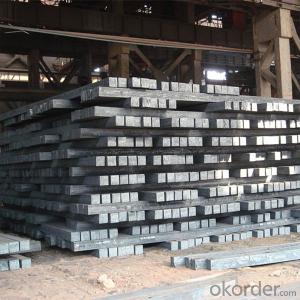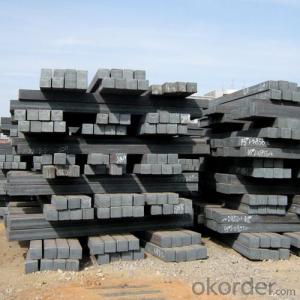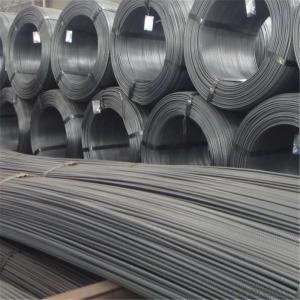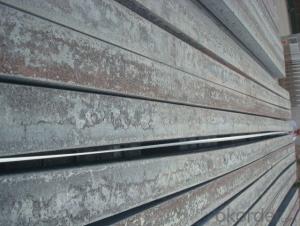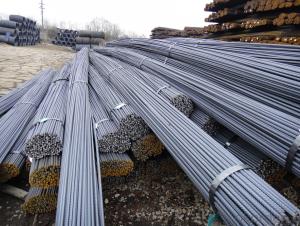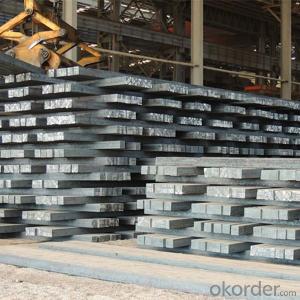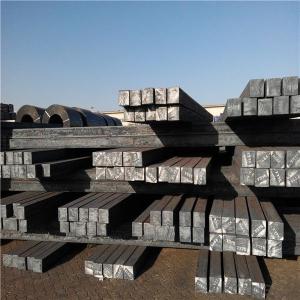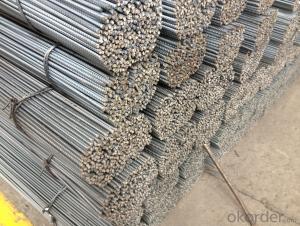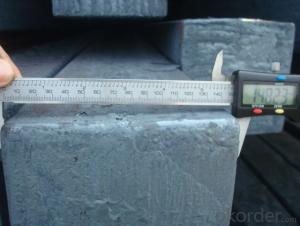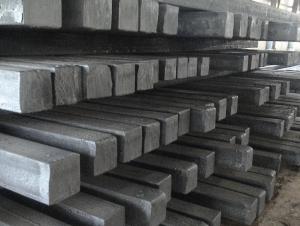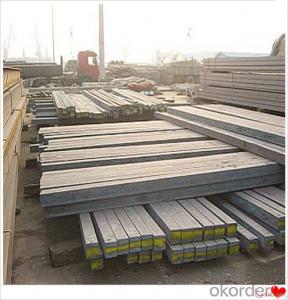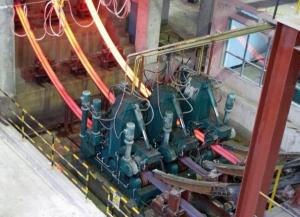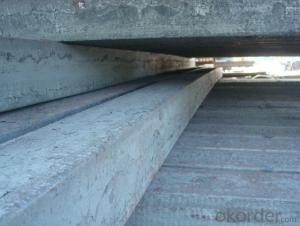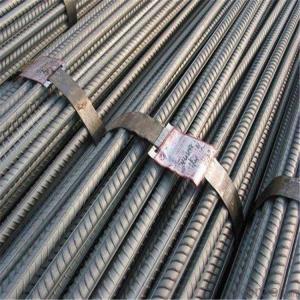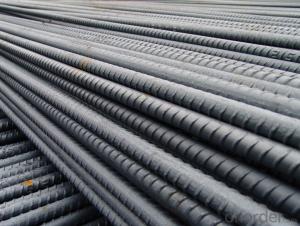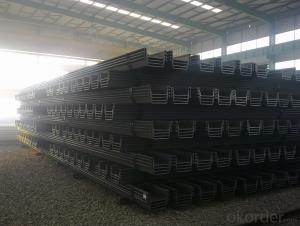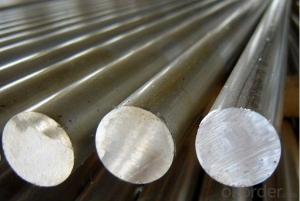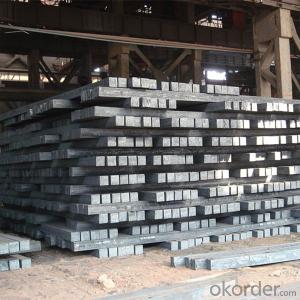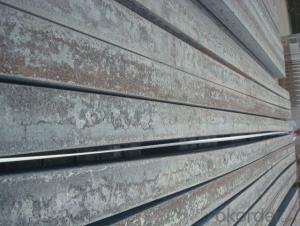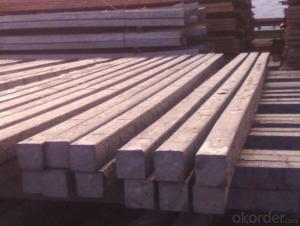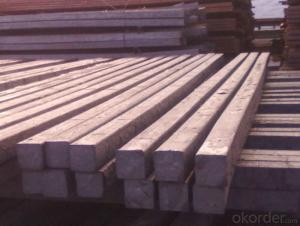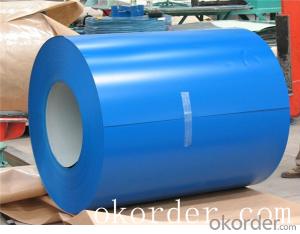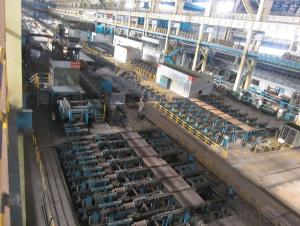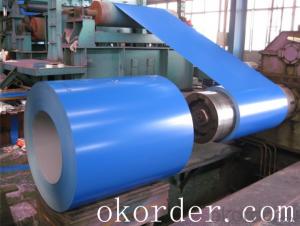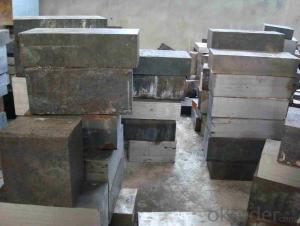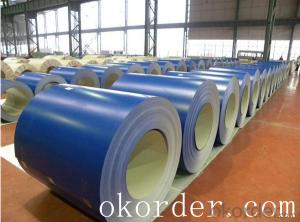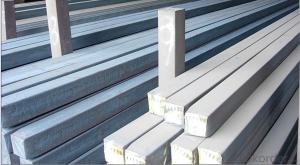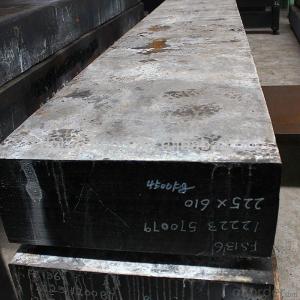Billet Steel Rebar
Billet Steel Rebar Related Searches
Billet Rebar Blue Steel Rebar Rebar Coil Rebar Identification Steel U Bar Stainless Steel Rivet Steel Deformed Bar Rebar Stirrups Steel Mesh Sheet Recycle Stainless Steel Rebar Tensile Strength Sheet Of Stainless Steel Stainless Steel Belt Rebar Lengths Standard Restore Stainless Steel T12 Steel Bar Joining Steel Beams Black Stainless Steel Sheet Stainless Steel Recycling Stainless Steel Recycle Steel Partition Wall Cheap Stainless Steel Bolting Steel Beams Together Wire Rod Steel Rebar 10Mm T10 Rebar Stainless Steel Beretta Stainless Steel Sheetmetal L Beam Steel Ss RebarBillet Steel Rebar Supplier & Manufacturer from China
Billet Steel Rebar, a type of construction material, is known for its superior strength and durability. This product is made from high-quality billet steel, ensuring consistent performance and reliability in various construction projects. It is widely used in reinforced concrete structures, bridges, highways, and other infrastructure developments, making it an essential component in modern construction. Billet Steel Rebar is specifically designed to provide enhanced support and stability, which is crucial for the structural integrity of any building or structure.In terms of application and usage scenarios, Billet Steel Rebar is indispensable in various construction projects due to its high tensile strength and resistance to corrosion. It is used in the reinforcement of concrete structures to improve their load-bearing capacity and to prevent cracking and deformation. This product is also utilized in earthquake-prone areas to provide additional support and protection against seismic activities. The versatility of Billet Steel Rebar makes it a popular choice among engineers and contractors, as it can be easily bent and shaped to fit the specific requirements of each project.
Okorder.com is a leading wholesale supplier of Billet Steel Rebar, boasting a large inventory that caters to the diverse needs of the construction industry. As a reputable supplier, Okorder.com ensures that all their products, including Billet Steel Rebar, meet the highest quality standards and are sourced from reliable manufacturers. This commitment to quality and customer satisfaction has made Okorder.com a trusted partner for construction companies and contractors worldwide, providing them with the necessary materials to complete their projects efficiently and effectively.
Hot Products




